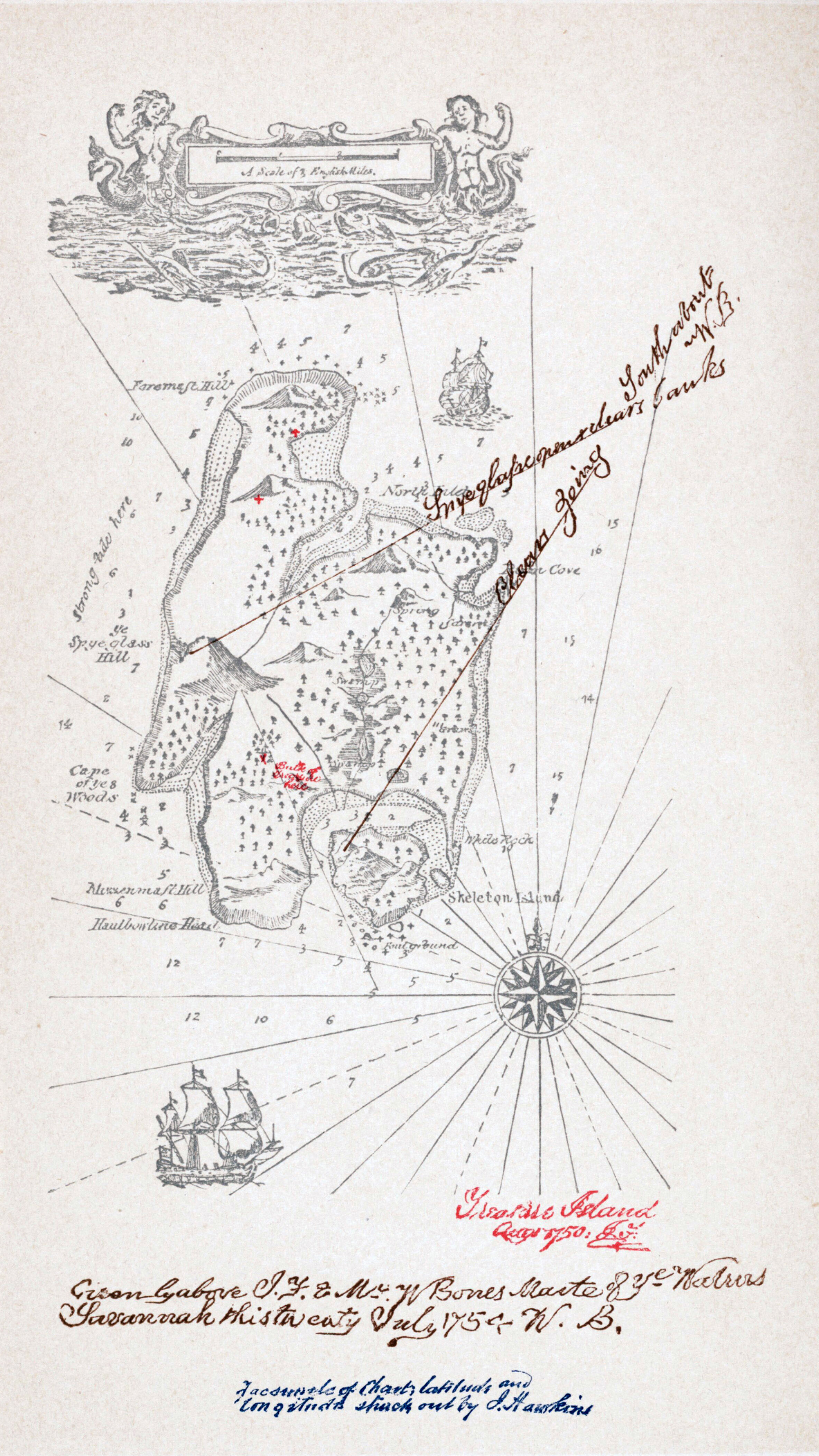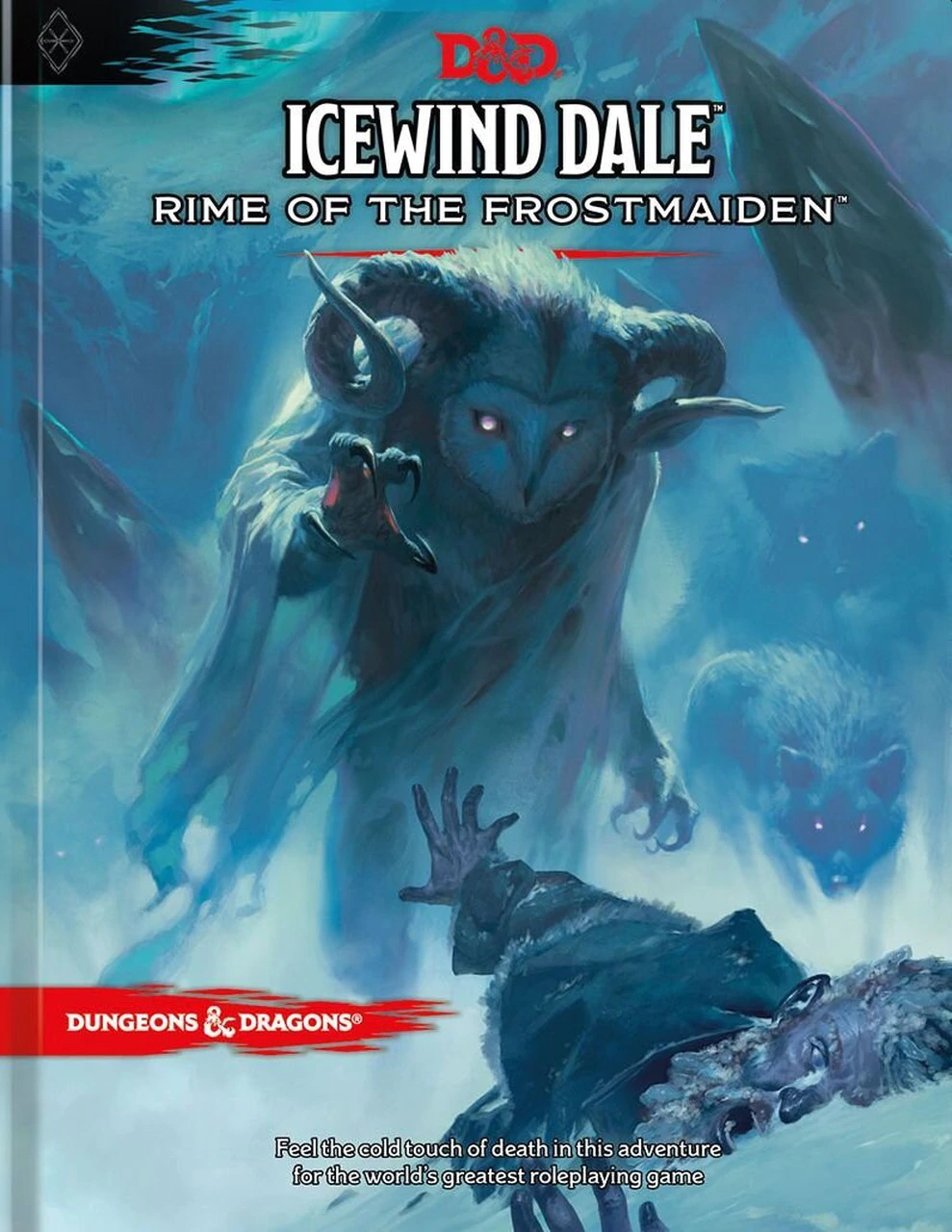There are plenty of RPG tips that look great on paper, but not at all when you bring them to the table. The really tricky ones, though, will work just fine… and then suddenly explode in a fiery ball of chaos and destruction.
The problem, of course, is that players, groups, and games are all unique. Something that works for one group may not work for another. It may not even work with the same group when they’re playing a different game. Or it may work for some players in the group, but not others.
For example, back around 2000 there was a brief fad for character flags: The clever insight was that if players put something on their character sheet or in their background, that was a signal — or “flag” — that it was something they wanted to be featured in the game!
In practice, unfortunately, this didn’t hold up. Turns out that just because you included “escaped from an abusive father” in your character’s back story, it didn’t necessarily mean you wanted the abusive father to show up in the game. Often quite the opposite.
Similarly, it turns out that many players will buy up a skill in character creation because they DON’T want that skill to be a significant part of the game: They invested a bunch of character creation resources to specifically NOT be challenged by it, wanting to quickly and trivially disposing of any such content if it does happen to show up.
Conversely, someone creating a character with a high Lockpicking skill might absolutely want lots and lots of locked doors to show up in the campaign… but only so that they can show off how awesome their character is by getting their LockpickingLawyer on and casually gaining access to every egress, treasure chest, and safe. If you were to instead respond to their lockpicking flag by creating lots of ultra-difficult locks that will challenge their high level of prowess, you’ll still end up with a frustrated player.
(And the point, of course, is that other players who have created a character with a high Lockpicking skill will want to be challenged by lots of very difficult locks.)
Recently I’ve seen a similar “GM trick” doing the rounds that I’m going to call Schrodinger’s secret door. The basic idea is that if the PCs are in a dungeon (or a gothic manor or whatever) and they look for a secret door, the GM should respond by adding a secret door to the room and letting them find it!
The idea, of course, is that when the players say, “Let’s see if there’s a secret door!” what they’re really saying is, “It would be cool if there was a secret door here!”
Which might be true.
But it can just as easily be, “I hope there isn’t, but let’s make sure before we use this room to take a rest.” Or simply, “Let’s test this hypothesis and see if it’s true.” (See The Null Result for more on that.)
It doesn’t have to be a secret door, of course. Maybe the players decide to run surveillance on their new patron to make sure they don’t have any secret agendas. Or they check their room for bugs. Or they post a watch at night to make sure they aren’t ambushed while they’re asleep. None of that necessarily means that they — as either players or characters — want to betrayed, bugged, or battled.
EXPLICIT FLAGS
None of which is to say, of course, that it wouldn’t be useful to know if the players want a confrontation with their abusive father or more challenges of a specific type.
But if you want to empower the players to signal that they want something included, it’s usually better to include specific mechanism for them to directly signal that, rather than trying to intuit signal from proximate cause.
In character creation, for example, you can have players make a specific wants list for the campaign.
The stars and wishes technique (created by The Gauntlet) can provide a simple structure for feedback at the end of sessions: Each player awards a star (indicating something they really liked about the session) and makes a wish (for something they’d like to see happen in a future session).
Along similar lines, I’ve used a technique I call gold starring, in which each player gets a “gold star” that they can at any time “stick” to an element of the campaign (even an element that hasn’t been established yet) to signal its importance to them. (They can also move their gold stars at any time.)
For stuff like, “I think it would be cool if there was a secret door here!”, storytelling games are designed entirely around narrative control mechanics and it’s not unusual to see similar narrative control mechanics lightly spicing roleplaying games, too.
The common denominator in all of these techniques, of course, is that you’re explicitly asking the players for specific information and, in response, the players are clearly signaling what they want. The resulting clarity means you can have confidence and focus in how you respond to your players’ semaphoring.
















